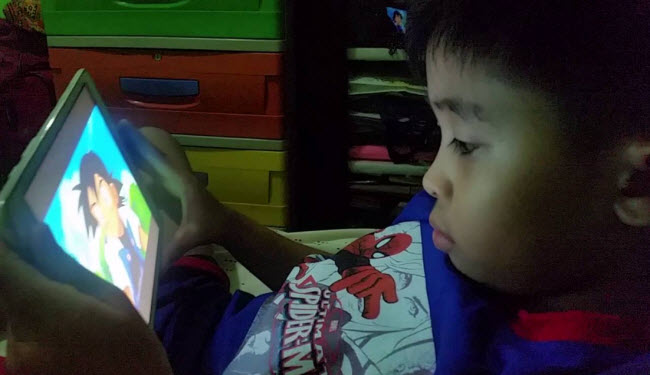For a period, the Japanese anime series “Pokémon” achieved massive success, captivating both adults and children not only in Japan but around the world. Despite its immense popularity, a single episode aired in the late 1990s caused unexpected trouble for the creators. This episode strangely led to a number of children experiencing health issues while watching it on television, with some needing hospitalization. The incident attracted significant media attention and was dubbed “Pokémon Shock” or “Pokémon Epidemic,” prompting Japanese authorities to establish new broadcasting standards.
The Pokémon Shock occurred on December 16, 1997, when approximately 4.6 million people across Japan tuned in to watch episode 38 of the series, titled “Electric Soldier Porygon.” Eleven minutes into the episode, Pikachu, one of the show’s main characters, unleashed a lightning attack that caused a rapid, flashing sequence of red and blue lights. This sudden visual effect led to an unexplained wave of seizures and neurological issues such as nausea, dizziness, headaches, convulsions, shortness of breath, and loss of consciousness among around 685 children (375 girls and 310 boys) nationwide. Many were rushed to hospitals in large numbers and at the same time. One affected child told the South China Morning Post, “I was watching TV but couldn’t remember anything at all during that scene. When it ended, I felt nauseous.” Another 15-year-old girl said, “While I was watching the blue and red lights flashing on the screen, I felt my body tense up and don’t remember what happened next.”

As media coverage of the Pokémon Shock unfolded, a significant problem arose. The incident was supposed to be covered within the context of reports, which risked exacerbating the issue as those who had not seen the episode would now be exposed to the problematic scene through the news. Consequently, the scene was pulled to avoid a potential second wave of incidents that could lead to more children being hospitalized. Fortunately, most injuries were minor, with many recovering within minutes of reaching the hospital. However, some remained under observation for days or weeks and were diagnosed with epilepsy.

The day after the Pokémon Shock, which caused a stir in Japan, authorities began investigating. The police questioned the production team, and the Ministry of Health and Welfare convened an emergency meeting to study and explain the incident and determine who should be held responsible—whether it was the television network that aired the episode or the production company, which denied culpability. The production company’s president stated to the press, “The problem arose due to the way Tokyo Television broadcast the episode.” The television network promptly responded, claiming that the technology used to broadcast the episode had been employed many times before without issues. However, due to the catastrophic impact of the Pokémon Shock and its harmful effects on children, the production company faced significant backlash. The series was pulled from the air, its stock dropped by 5%, and Pokémon videos were removed from stores. The show remained off the air for four months.

To prevent a recurrence of such incidents, a technical committee was formed, consisting of doctors and television industry professionals, to create new safety guidelines for broadcasting such programs. These guidelines stipulated that if a scene contained red flashing lights, they should not flash more than three times per second, and blue flashes should not exceed five times per second. Additionally, any flashing should not last more than two seconds. After these recommendations were implemented, the show was allowed to resume airing with the new guidelines, though the controversial episode was permanently banned from broadcast. This decision faced some opposition from fans who felt it was unfair to ban an entire episode due to a single problematic scene. Nonetheless, the ban remained in place not only in Japan but globally.
Interestingly, despite the unusual nature of the incident, the U.S. military took it very seriously. The Pokémon Shock inspired thoughts of developing weapons that emit electromagnetic pulses to manipulate brain neurons, causing seizures similar to those experienced by the children who watched the episode.
